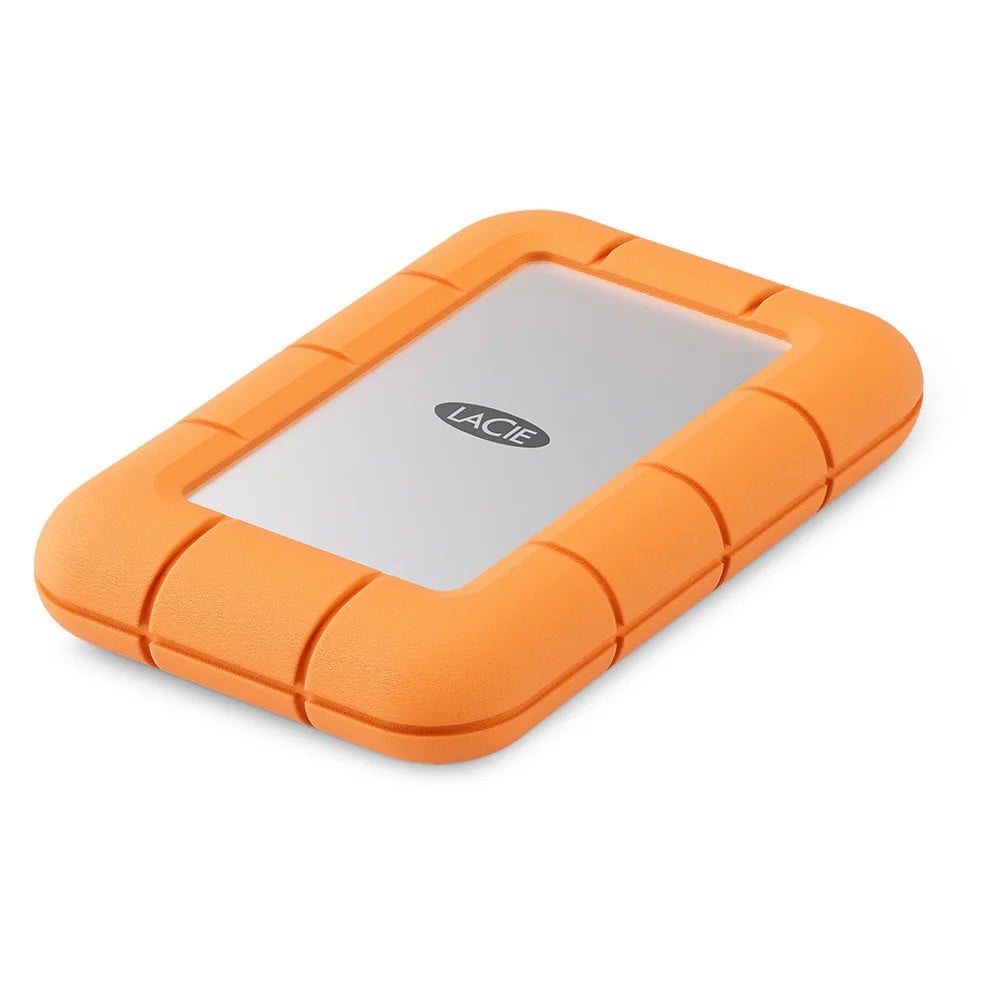In an era where digital data reigns supreme, the humble external hard drive has undergone a remarkable transformation. Once a clunky necessity, these portable storage devices have evolved into sleek, high-capacity powerhouses that are indispensable for both casual users and professionals alike. This article delves into the fascinating journey of external hard drives, exploring their history, current capabilities, and future potential.
A Brief History: The Birth of Portable Storage
The concept of external storage dates back to the early days of computing when magnetic tape reels were used to store data externally. However, the first true external hard drive as we know it today emerged in the 1980s. These early models were bulky, had limited capacity, and were primarily used in professional settings.
As personal computing gained popularity in the 1990s, the demand for portable storage solutions grew. This period saw the introduction of more compact external hard drives, though they were still considerably larger and heavier than today's models.
The Modern Era: Compact, Fast, and Versatile
Today's external hard drives are a far cry from their predecessors. They come in various sizes, with some models small enough to fit in a pocket. The storage capacity has increased exponentially, with drives now offering terabytes of space at affordable prices. This evolution has been driven by advancements in hard drive technology and the increasing need for portable storage in our data-driven world.
Key Features of Modern External Hard Drives
- High Capacity: Modern drives can store multiple terabytes of data, catering to the needs of professionals handling large files and casual users with extensive media libraries.
- Fast Transfer Speeds: With the advent of USB 3.0 and newer technologies, data transfer speeds have significantly improved, making file transfers quicker and more efficient.
- Durability: Many external hard drives now come with rugged designs, offering protection against drops, water, and dust – perfect for users on the go.
- Compact Design: The size of external hard drives has decreased dramatically, making them highly portable and convenient to carry.
The Rise of Solid-State Drives (SSDs)
While traditional hard disk drives (HDDs) continue to dominate the market due to their cost-effectiveness, solid-state drives (SSDs) are gaining popularity in the external storage sector. SSDs offer several advantages over HDDs:
- Faster Performance: SSDs provide significantly faster read and write speeds, reducing file transfer times.
- Greater Durability: With no moving parts, SSDs are less susceptible to physical damage from drops or shocks.
- Silent Operation: SSDs operate silently, making them ideal for noise-sensitive environments.
However, SSDs typically come at a higher price point and with lower storage capacities compared to HDDs, presenting a trade-off between performance and cost.
Specialized External Drives for Different Needs
The external hard drive market has diversified to meet various specific needs:
- Gaming Drives: Designed to enhance gaming experiences with fast load times and large storage for game libraries.
- Creative Professional Drives: High-capacity drives optimized for storing and quickly accessing large media files.
- Network-Attached Storage (NAS): External drives that can be accessed over a network, ideal for home and small office environments.
The Future of External Storage
As we look to the future, several trends are shaping the evolution of external hard drives:
- Increased Adoption of SSDs: As SSD technology becomes more affordable, we can expect to see a shift towards SSD-based external drives.
- Cloud Integration: Future external drives may offer seamless integration with cloud storage services, providing a hybrid local-cloud storage solution.
- Advanced Security Features: With data privacy concerns on the rise, future drives are likely to incorporate more sophisticated encryption and security measures.
- Wireless Connectivity: The development of wireless external hard drives that can connect to devices without cables is likely to continue, offering even greater convenience.
Conclusion: The Enduring Relevance of External Hard Drives
Despite the rise of cloud storage, external hard drives remain a crucial component in our digital ecosystem. They offer a tangible, offline storage solution that provides peace of mind and immediate access to our data. As technology continues to advance, we can expect external hard drives to evolve further, becoming faster, more secure, and even more integrated into our daily digital lives.
Whether you're a professional managing large datasets, a creative working with high-resolution media, or simply someone looking to safeguard precious memories, the external hard drive continues to be an invaluable tool. Its journey from a bulky accessory to a sleek, powerful device is a testament to the rapid pace of technological advancement in our digital age.

